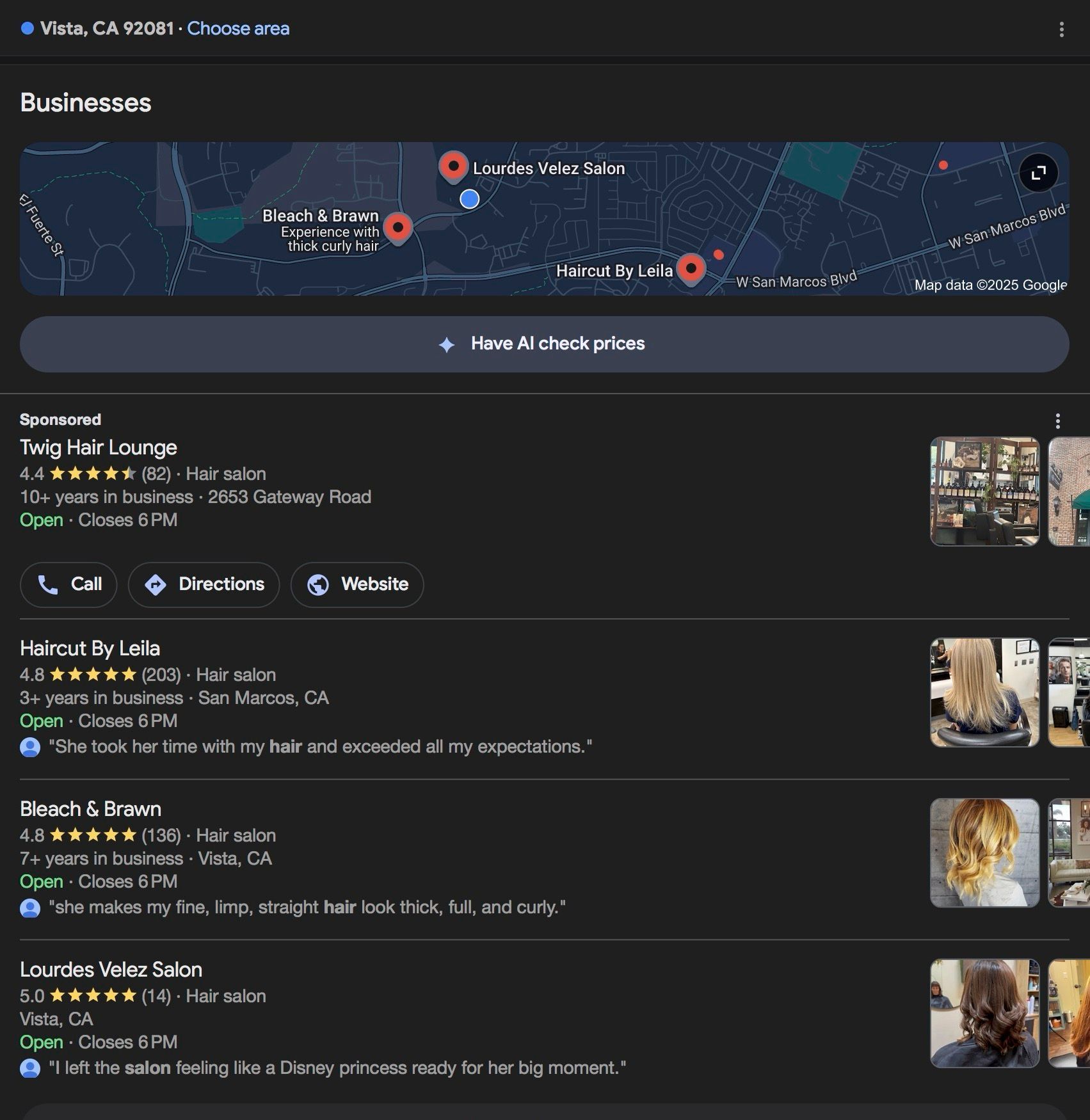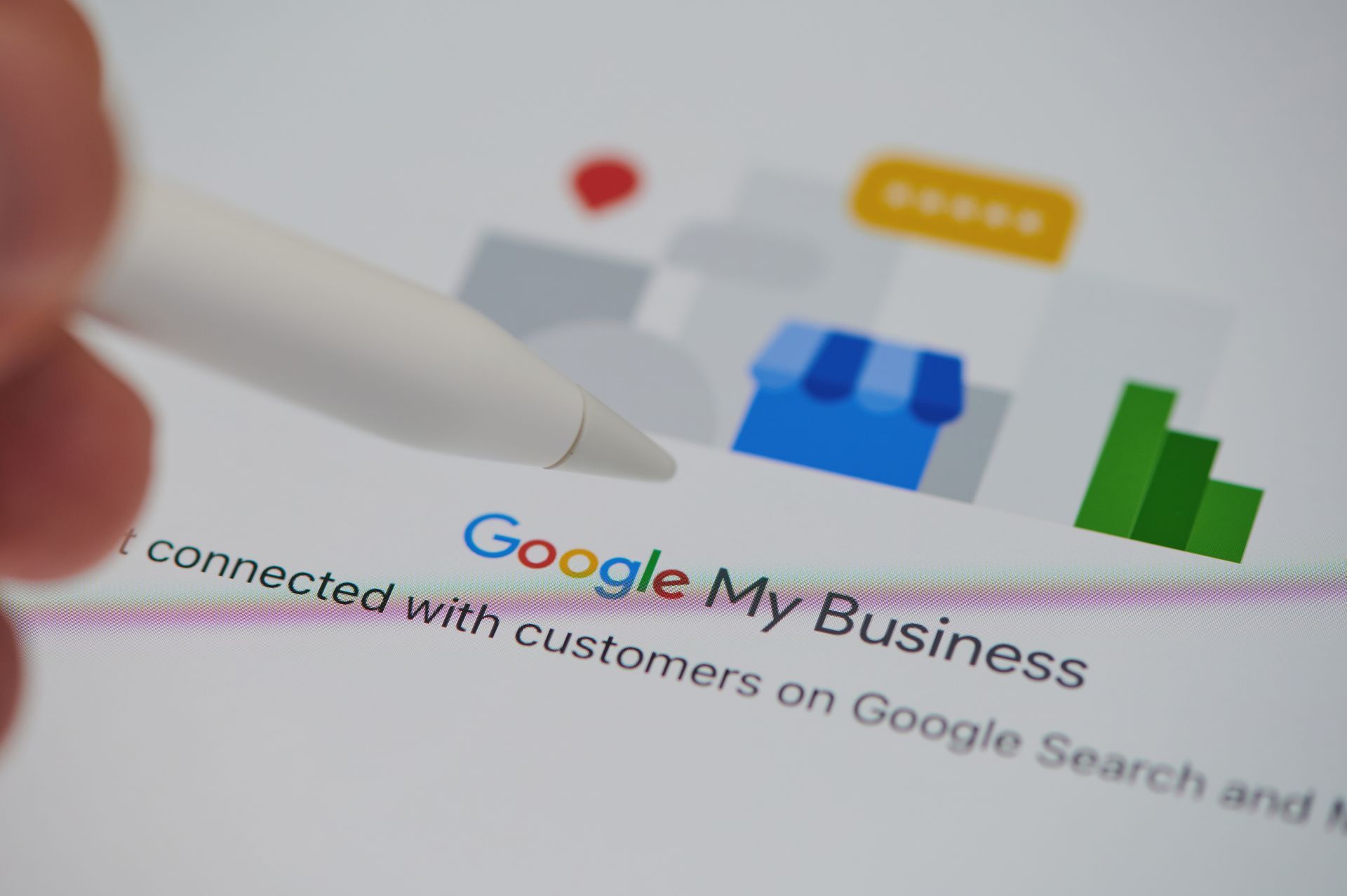What is an intake meeting?
You’ve signed up for our Website Design Services and scheduled your intake meeting, but what’s the purpose of this meeting?
The process to get to know your business and the vision you have for your website starts with an intake meeting. During this meeting, we will establish a point of contact to exchange information and ask you a series of questions that will help us better understand your company and business goals. Here is some of the information we will need to start designing your website.
Basic Contact Information
This information will be listed in the footer of your website and on the contact page for your website.
- Business Name, Address, Phone Number, and General Inquiry Email
- Business Hours of Operation and Closed Holidays
- Payment Methods
- Languages Spoken
- Website URL (www.yourcompany.com)
- Year Established
- Parking Situation
- Geographic service area
Brand Information
Associations or Organizational Involvement - Participation in associations and various organizations is a great way to display your credibility and community involvement. The same is true if you have any awards that we can showcase.
High-resolution company logo file - We need a vector version of your logo for your website, which allows it to scale to any size device without becoming pixelated. We do offer logo re-design services. We encourage you to enquire about it during your meeting if you are interested.
Style-guide or brand guide
- Are there specific colors and fonts that your company uses? Companies will often use the color palette associated with their logo, which includes primary colors, secondary and tertiary colors. It’s helpful to know the specific hex color, but if you aren’t sure what it is, we can help you figure that out.
Audience and target demographic - Some companies have a buyers profile, which can help us identify the right tone for messaging and keywords. Demographics include age groups, marital status, homeowners or businesses, gender, etc. Think of it as a description of your top clients.
Current Website and Accessibility
Do you currently have a website? We’ll need access to the platform and domain host. In some cases, they are the same. Examples of website platforms and domain hosts are GoDaddy, WordPress, Host Gator, etc.
What site directories are you currently listed on? We’ll require access to these accounts if you’ve signed up for our
Social Media Marketing
package. The sites we work with are Facebook, Google My Business, and Yelp.
What do you like or dislike about your current website? We’d like to know if there are features/elements that you’d like to carry over to your new website or if there are things we should not incorporate.
What do you think is missing from your current website?
We want to make sure we capture your vision and include all the elements your old site may not have had. An example would be contact forms, e-commerce, blog/vlogs, social media feed, testimonials, etc.
Website Content and Media Components
Would you like us to upcycle the content from your old website, or will you require all-new content? We would not take any content word for word for SEO purposes. Our content writer will reach out to you to create original content based on competitor research, what information you have available on your current website, and information available in marketing brochures.
What visuals come to mind when you picture your business? We will schedule a photoshoot for original brand photos, but we need to know what types of images you’d like to see on your website. Under special circumstances, we can use stock images as placeholders but prefer to personalize website images to your company.
Are there any photos you have in mind that we should use as inspiration? For example, maybe your company has a primary audience of senior citizens, youth, women, or a mix of happy people eating.
What do you want your primary call-to-action to be? Also commonly referred to as the CTA, what is the action you want customers to take when they visit your site. Example CTAs - Call Now, Request a Quote, Shop Now, Get an Estimate, Schedule an Appointment, etc.
Business Goals
- What problem does your business solve for customers or what is your mission?
- What products or services do you offer?
- What is the story behind your business, business name, or logo?
- Where do you see your business in 5 years?
About the Competition
- Who are your competitors?
- What do you think sets your business apart from your competitors?
What to expect next
The GoBeRewarded Website Design package is a 6-step design process. After your intake meeting, we will work with your point of contact to schedule an appointment for your brand video and brand photography, create your website copy, and lastly, design your user-friendly website. We offer an array of services to build website traffic, from google advertising to written blog content. Want to learn more? Give us a call or fill out our contact form.





